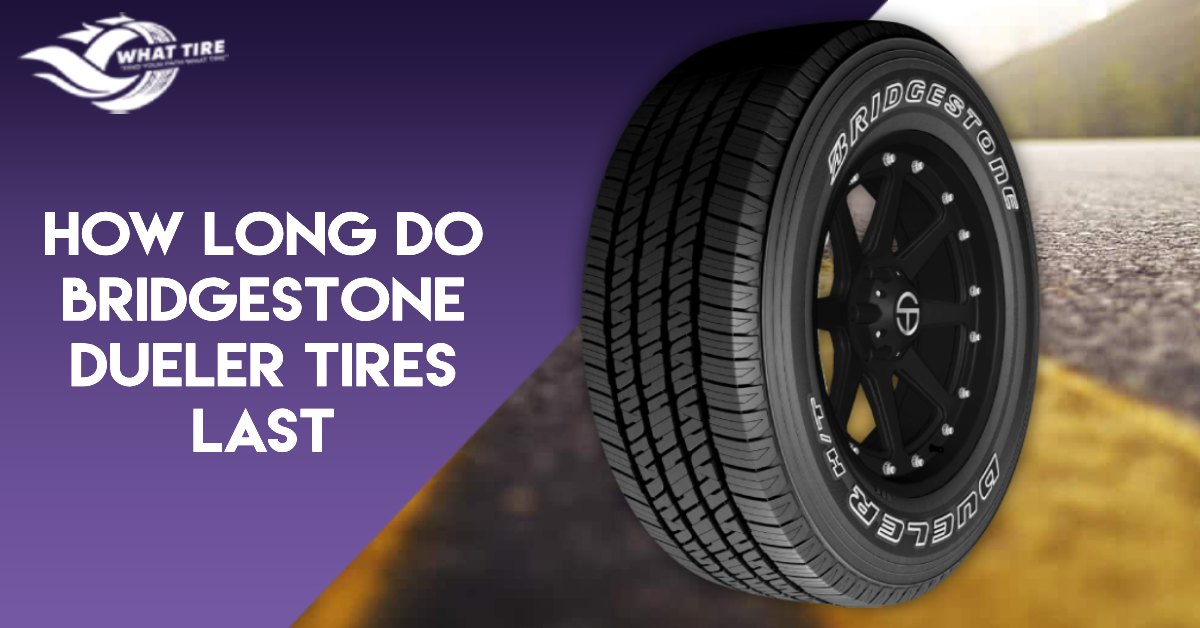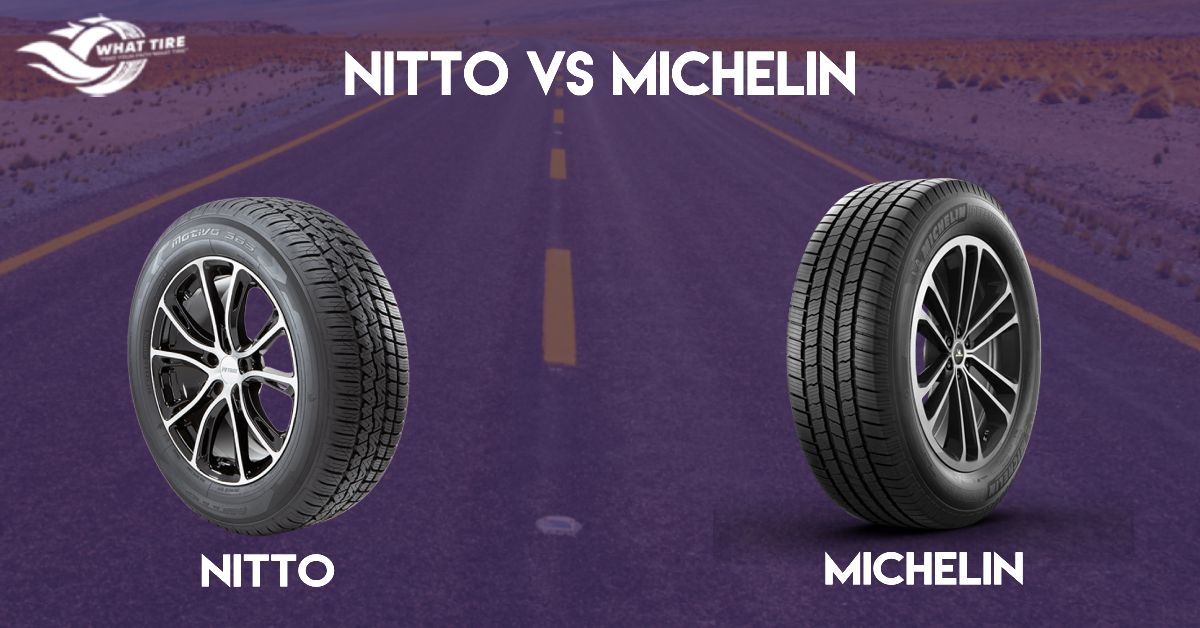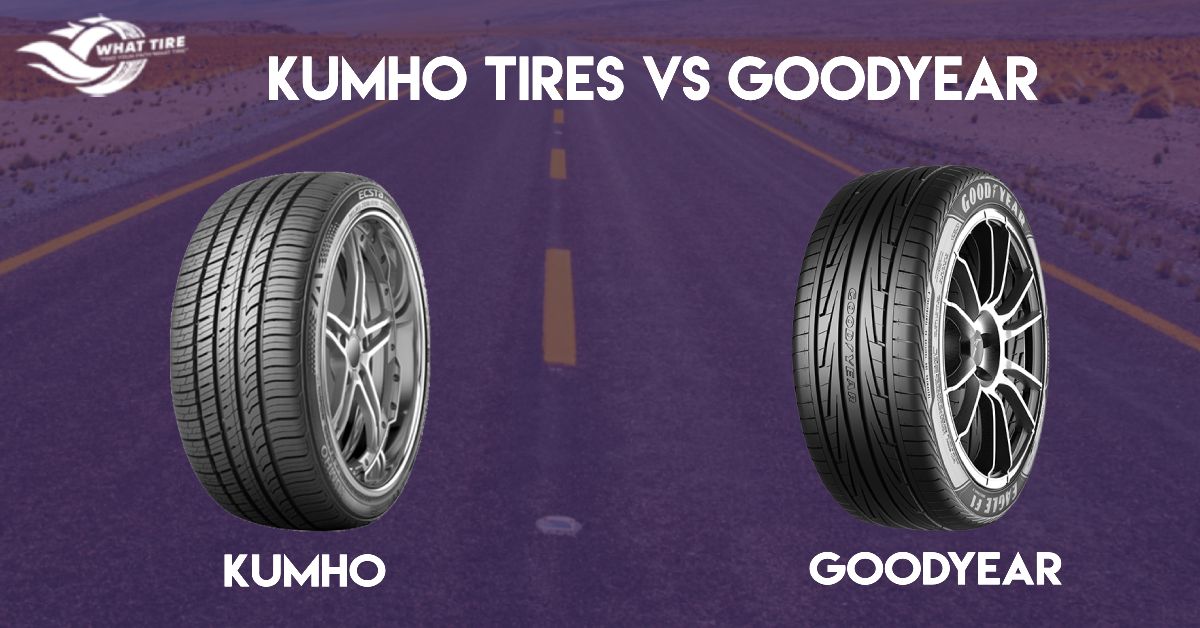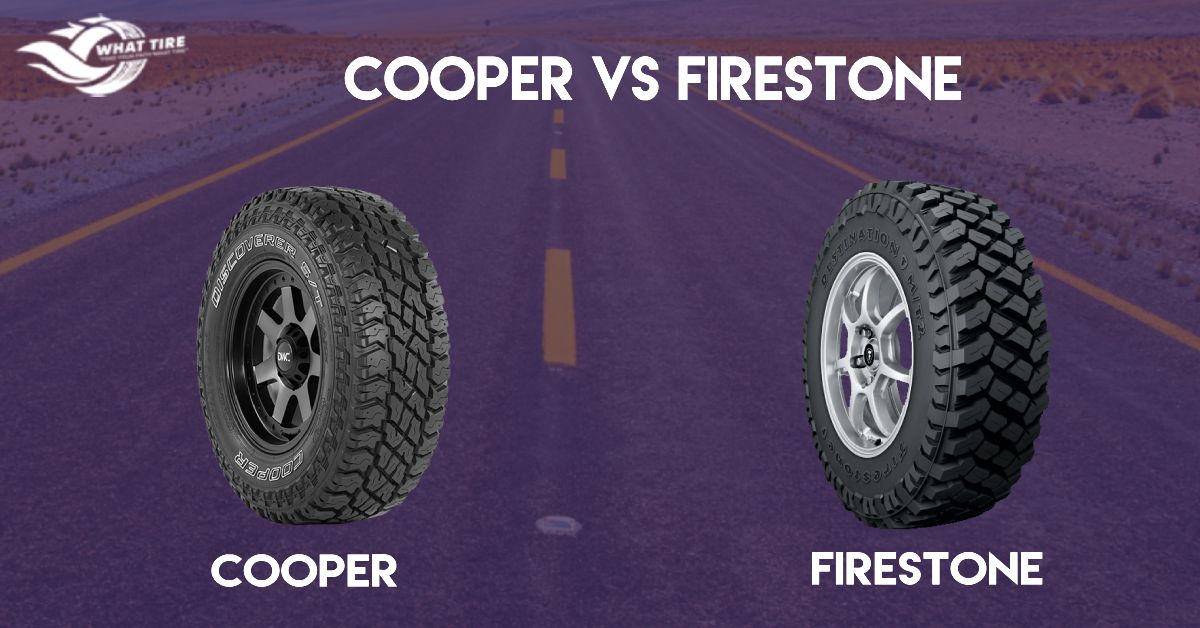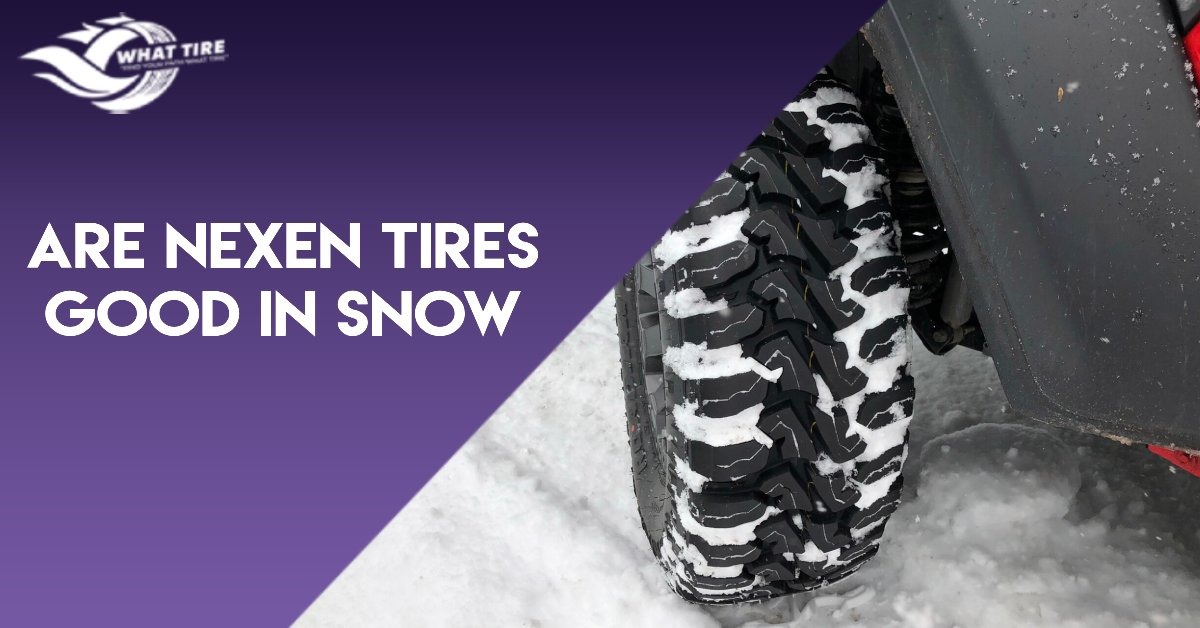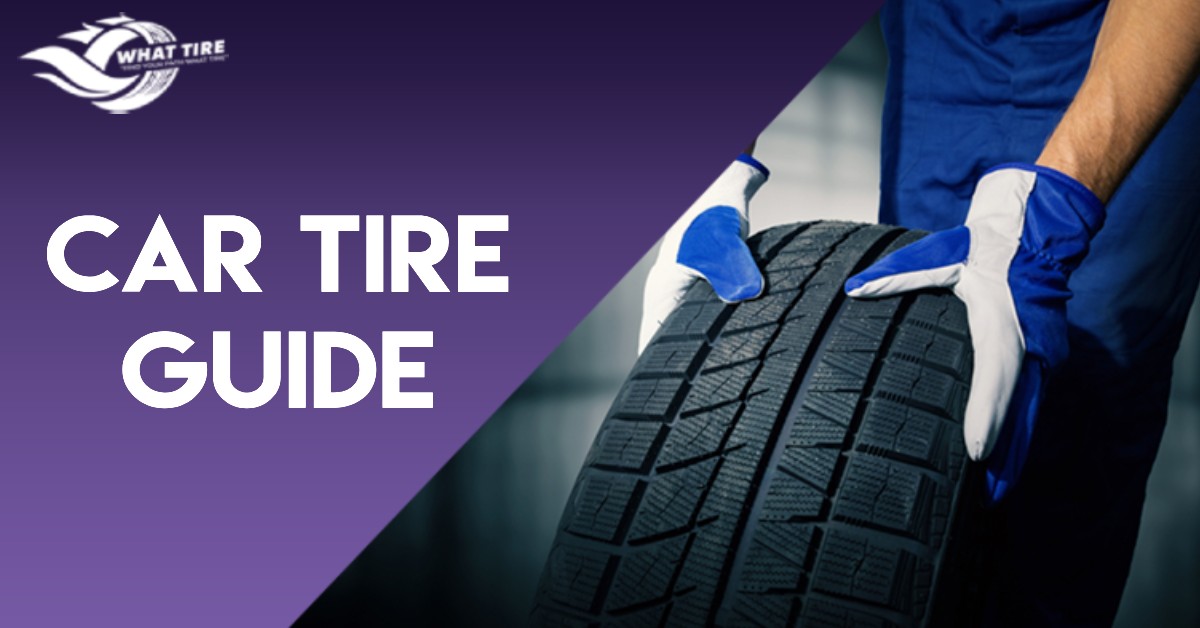Tires (also spelled as tyres) are often overlooked when it comes to car maintenance, but they play a critical role in your driving experience. The tires you choose can greatly impact your vehicle’s performance, safety, and fuel efficiency. In this car tire guide, we will delve into the intricate world of car tires and explore the different parts that make up these essential components of your vehicle.
Understanding a tire’s various components and functions is essential to making informed decisions about tire selection and maintenance.
In this comprehensive car tire guide, we will also let you know everything you need to know about car tires.
Table of Contents
ToggleParts of a Car Tire
The first component of this car tire guide is about the parts of car tires. Let’s hop in right away!
1. Tread
The tread is the part of the tire that meets the road surface, and its importance cannot be overstated. It serves multiple purposes, including providing traction, improving handling, and expelling water to prevent hydroplaning.
Function and Importance
The tread’s primary function is to provide grip and traction on various road surfaces. The tread pattern, depth, and composition all contribute to the tire’s ability to maintain traction, especially during cornering, braking, and acceleration.
Tread Patterns and Their Effects
Tread patterns vary depending on the intended use of the tire. Some common tread patterns include directional, asymmetrical, and symmetrical. Each pattern offers specific benefits and performance attributes.
For example, directional tread patterns excel at evacuating water from the tire’s contact patch, reducing the risk of hydroplaning in wet conditions. On the other hand, asymmetrical tread patterns may provide a balance between wet and dry performance, while symmetrical tread patterns prioritize even wear and quiet operation.
2. Sidewall
The sidewall of a tire is the vertical area between the tread and the bead. It plays a crucial role in ensuring the overall structural integrity of the tire.
Structural Role and Characteristics
The sidewall acts as a flexible support structure for the tire, allowing it to absorb road impacts, maintain shape, and provide a comfortable ride. Additionally, the sidewall may feature additional elements such as reinforced areas or special compounds designed to enhance durability or provide specific performance benefits.
Information Displayed on the Sidewall:
The sidewall is also home to important information about the tire. This includes details such as tire size, load-carrying capacity, speed rating, and other specifications. Understanding these markings is crucial when selecting replacement tires or ensuring that the chosen tires are suitable for your vehicle’s requirements.
3. Bead
The bead of a tire is the inner edge that rests on the wheel rim. It plays a crucial role in ensuring proper inflation and maintaining a secure fit between the tire and the rim.
Purpose and Importance
The bead is responsible for securely anchoring the tire to the wheel rim. It forms an airtight seal, which is essential for maintaining optimal tire pressure and preventing air leakage.
Ensuring Proper Inflation and Tire Seating
Proper seating of the tire bead on the rim is necessary to ensure consistent tire pressure and prevent issues such as vibration or potential tire damage.
When mounting or replacing tires, it is important to follow proper procedures to ensure that the tire bead is correctly seated and that the tire is inflated to the manufacturer’s recommended tire pressure.
4. Wear Indicators
Wear indicators serve as a vital tool for assessing the condition of your tires. They are designed to help you recognize when the tire tread has reached a minimum depth, indicating the need for replacement. Monitoring tire wear is crucial for maintaining optimal traction, safe handling, and overall road safety.
Recognizing Tire Wear and Knowing When to Replace
Regularly inspecting your tires for signs of wear and paying attention to the wear indicators can help you determine when it’s time to replace them.
Excessive tread wear, uneven wear patterns, or the tread depth reaching the wear indicators are all indications that new tires are needed. It’s important to address tire replacement needs promptly to maintain safe and reliable tire performance
5. Internal Construction:
While the external aspects of a tire are more visible, it’s important to understand the internal construction that gives the tire its strength and flexibility.
Layers and Materials Used in Tire Construction
Tires are composed of multiple layers, each serving a specific purpose. These layers often include fabric belts and steel cords, which contribute to the tire’s overall durability, strength, and performance characteristics.
The specific materials and construction methods used can vary among tire models and brands, influencing factors such as ride comfort, stability, and the tire’s ability to handle different driving conditions and loads.
Now, let’s delve deeper into other aspects of car tires, including tire types, markings, maintenance, and more. So, let’s continue our journey through the world of car tires and expand our knowledge to ensure safe and optimal driving experiences.
Types of Car Tires
Car tires come in various types, each designed to cater to specific driving conditions and performance requirements.
- All-Season Tires: Versatile tires suitable for various weather conditions, providing a balance of performance and longevity.
- Summer Tires: Designed for optimal performance in dry and wet conditions, offering enhanced grip and handling during warm weather.
- Winter Tires: Engineered to deliver superior traction and control in snowy and icy conditions, featuring specialized rubber compounds and tread patterns.
- Performance Tires: High-performance tires designed for sporty driving, offering enhanced grip, cornering capabilities, and responsiveness.
- Touring Tires: Focused on delivering a smooth and comfortable ride, with reduced road noise and improved tread life.
- Off-Road Tires: Designed for adventurous driving on rugged terrain, with aggressive tread patterns, reinforced sidewalls, and excellent traction.
- Run-Flat Tires: Equipped with reinforced sidewalls that allow driving for a limited distance after a puncture, providing added safety and convenience.
- Eco-Friendly Tires: Engineered to reduce rolling resistance, improving fuel efficiency and minimizing environmental impact.
Remember, this overview provides a general understanding of the different types of car tires. For a more comprehensive exploration of each type, be sure to check out our dedicated blog post on the topic.
Car Tire Markings
Car tires bear various markings that provide important information about their specifications, size, and performance characteristics.
Tire markings typically include:
- Size: Indicates the tire’s dimensions, such as width, aspect ratio, and diameter.
- Load Index: This represents the maximum load capacity the tire can handle.
- Speed Rating: Indicates the maximum speed at which the tire is designed to perform safely.
- Treadwear Rating: Provides an estimate of the tire’s expected lifespan based on its wear rate.
- Traction and Temperature Ratings: Indicate the tire’s performance in terms of traction on wet surfaces and resistance to heat buildup.
- DOT Number: A Department of Transportation (DOT) code that signifies the tire’s manufacturing details and compliance with safety standards.
These markings serve as essential references when selecting the right tires for your vehicle. To dive deeper into the meanings and significance of car tire markings, stay tuned for our upcoming in-depth blog post dedicated to this topic.
Car Tire Age and Its Impact
The age of a tire plays a crucial role in its overall performance and safety. While tread depth and visible wear are important factors to consider, the age of the tire can significantly impact its performance characteristics.
1. Tire Aging Process
Tires are made of rubber compounds that naturally degrade over time, regardless of usage. This process is accelerated by factors such as exposure to sunlight, heat, and other environmental conditions.
2. Impact on Tire Performance
As tires age, the rubber becomes more brittle and less flexible. This can result in reduced traction, compromised handling, and decreased responsiveness on the road. Additionally, older tires may be more prone to blowouts and sudden tread separation.
3. Importance of Tire Date Codes
Tire manufacturers typically imprint a date code on the sidewall, indicating the week and year of production. This code can help you determine the age of a tire. It is recommended to check the date codes when purchasing new tires or inspecting the age of existing ones.
4. Tire Aging and Safety
To ensure optimal safety and performance, it is generally recommended to replace tires that are six years old or older, regardless of their visible tread depth. This guideline takes into account the natural aging process of tires and helps mitigate potential risks associated with aging rubber compounds.
5. Proper Tire Storage
Proper storage can help slow down the aging process of tires. Storing tires in a cool, dry environment away from direct sunlight and harmful chemicals can help extend their lifespan and maintain their performance capabilities.
Regularly inspecting the age of your tires and replacing them as necessary is essential for maintaining optimal performance, safety, and peace of mind on the road. In our detailed blog post on tire age and its impact, we will explore this topic further, providing valuable insights and recommendations for tire maintenance and replacement. Stay tuned for more in-depth information on this crucial aspect of tire care.
Car Tire Lifespan
The lifespan of a car tire depends on various factors, including driving conditions, maintenance practices, and the quality of the tire itself. On average, tires can last anywhere from 25,000 to 50,000 miles or more. However, it’s essential to regularly inspect your tires for signs of wear and aging, regardless of mileage. Proper maintenance and care can help maximize the lifespan of your tires, ensuring optimal performance and safety.
Car Tire Maintenance Tips
- Regularly check tire pressure and ensure it matches the recommended levels specified by the vehicle manufacturer. Also, reset your TPMS if it shows any errors.
- Inspect the tread depth using a tread depth gauge or the penny test to ensure it meets the minimum legal requirements.
- Rotate your tires regularly to promote even wear and extend their lifespan.
- Keep an eye out for signs of uneven wear, such as cupping or feathering, which may indicate suspension or alignment issues. Keep checking for tire alignment symptoms to know when your tire needs alignment.
- Avoid overloading your vehicle, as it can put excessive strain on the tires.
- Maintain proper wheel alignment to prevent premature wear on the tire edges.
- Clean your tires regularly using mild soap and water to remove dirt, debris, and brake dust that can degrade the rubber.
- Store spare tires properly in a cool and dry location to prevent deterioration.
- Inspect tires for any visible damage, such as cuts, bulges, or punctures, and address them promptly.
These maintenance tips provide a brief overview of the key practices to ensure the longevity and performance of your car tires. This was the last point in our car tire guide, I hope you understood it well!
Conclusion
In conclusion, mastering the basics of car tires is essential for optimal performance and safety. We’ve explored tire components, types, and markings, providing valuable insights into their functions and applications.
By emphasizing tire maintenance, age awareness, and regular inspections, you can enhance the lifespan and performance of your tires. It was just an overview of the car tire guide so you know about the basics of car tires.
Stay tuned for more in-depth car tire guides as we continue to empower you with knowledge and help you make informed decisions on your tire journey. Drive confidently, knowing you have a solid foundation in the world of tires.
FAQ’s
Proper tire maintenance ensures safety, longevity, and optimal performance for your car tires, including the right inflation.
Regularly check your tire pressure at least once a month to maintain proper inflation, as mentioned in our car tire guide.
It’s not recommended. Winter tires are designed for cold weather; switching to all-season tires in other seasons is safer and cost-effective.
Measure the tread depth with a gauge or use the penny test. If it’s less than 2/32 inches, it’s time for new tires, as per our car tire guide.
High-performance tires offer excellent grip but may have shorter tread life. Consider your driving style and needs.
Rotate your tires every 6,000 to 8,000 miles to ensure even wear, a tip from our comprehensive car tire guide.

